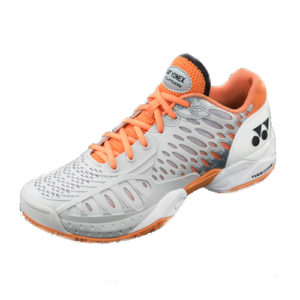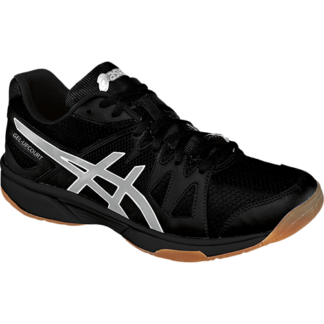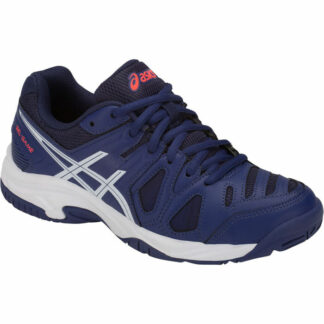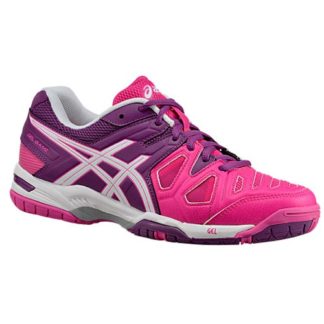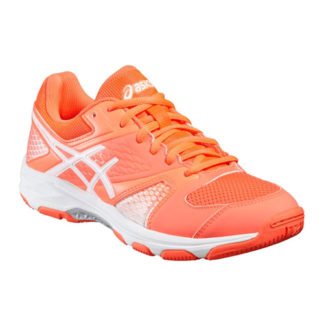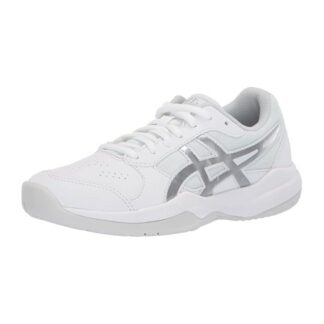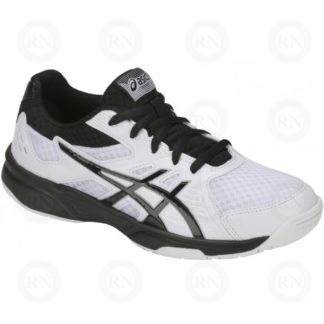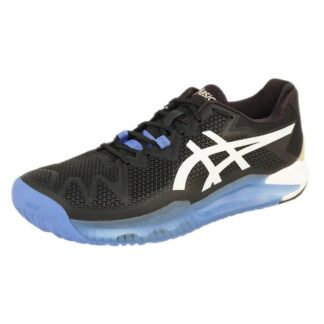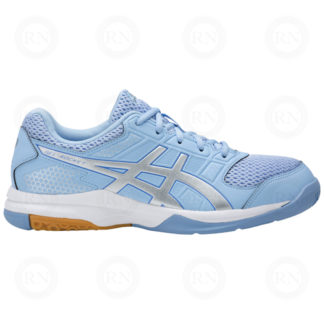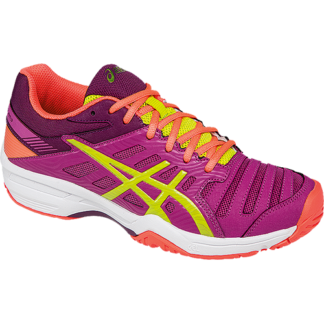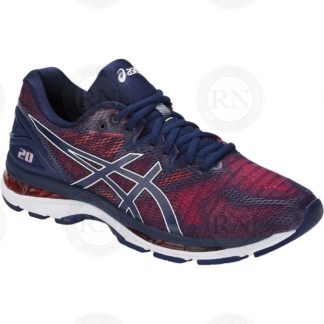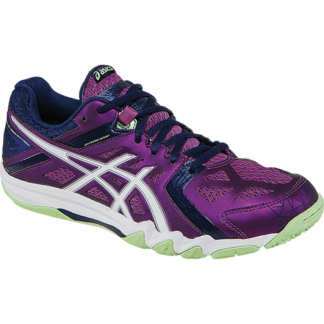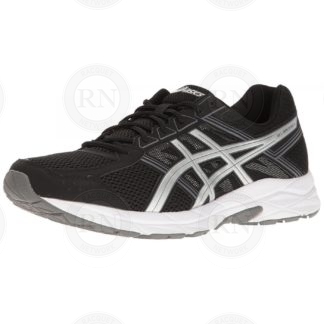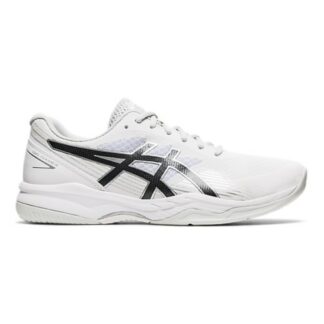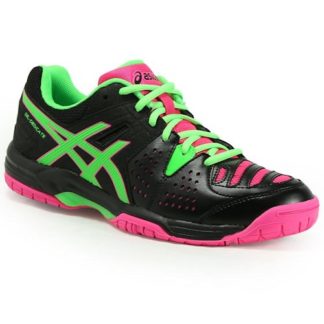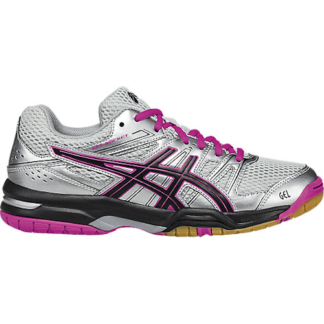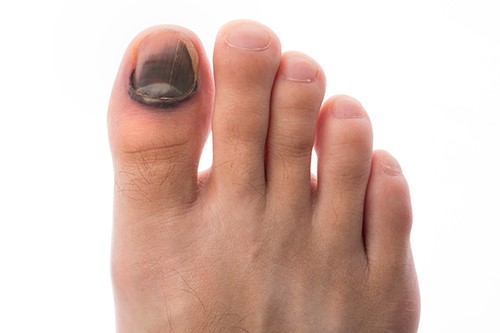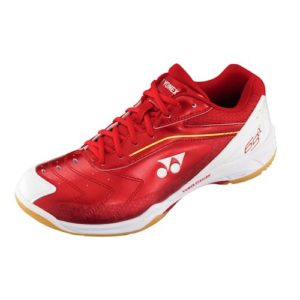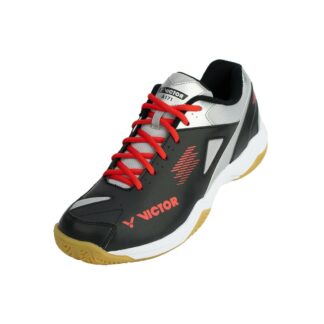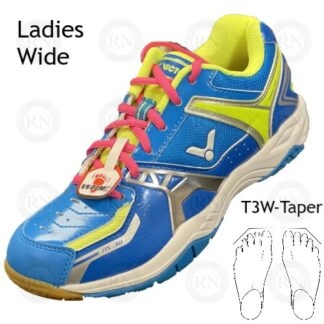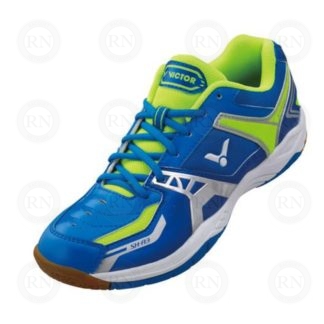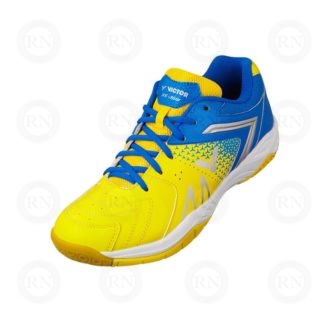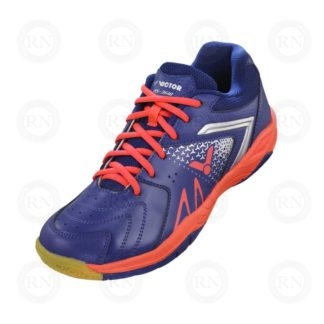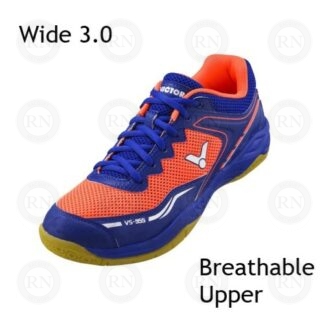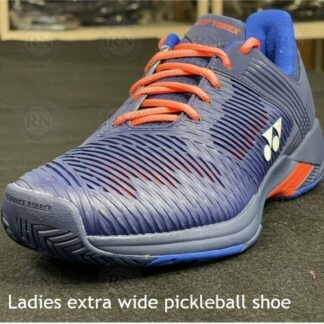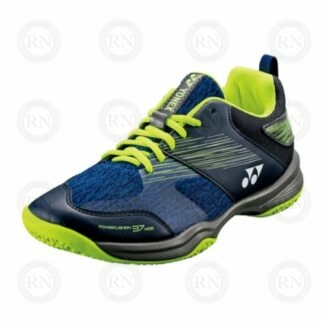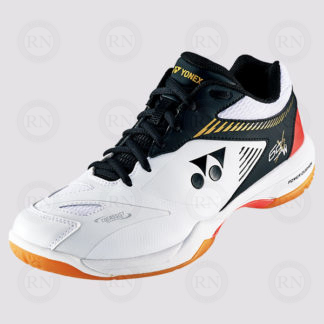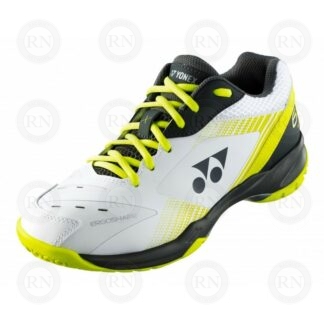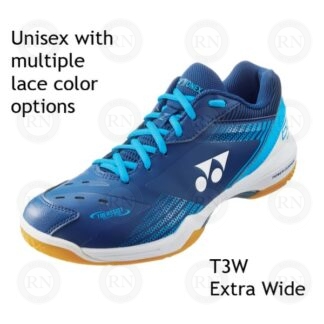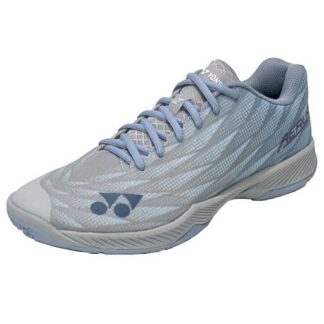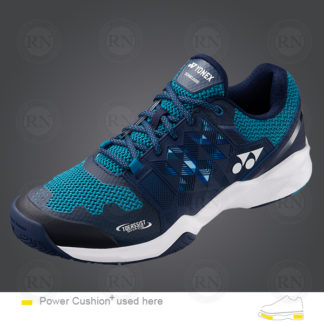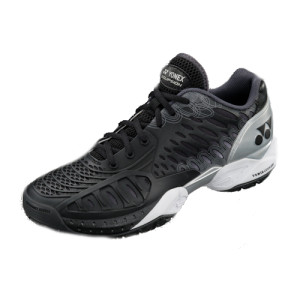
Racquet Network carries a large selection of men’s pickleball shoes in all sizes in our southwest Calgary store. We offer both indoor and outdoor shoes at all price points.
In our experience more than half of all male pickleball players are playing in the wrong shoes. Even when they are wearing the right shoes — court shoes — most of their shoes are too short or too narrow, which can lead to foot pain, blackened toe nails, arthritis and other health issues.
Come in and see us. Our experts will size your feet correctly and make sure that your shoes are contributing to your on court performance, not detracting from it.
- Indoor Pickleball Shoes for Ladies
- Outdoor Pickleball Shoes for Ladies
- Indoor Pickleball Shoes for Men
- Outdoor Pickleball Shoes for Men
Why Shoes Matter
In order to excel at pickleball, players must be able to stop and change direction quickly. For example, a player who goes out wide to make shot must be able to push off while making that shot in order to get back to the center quickly. In running shoes, which are designed for forward movement will work against the player in this situation. Court shoes, which are designed for this movement, will work with the player and assist in his recovery back to the center.
Why Court Shoes are Different
Running shoes are built for movement in one direction — forward. They are also designed for constant forward motion, not for sudden stops or sudden changes of direction. Court shoes are designed for movement in all four directions — forward, backward, left and right. They are also designed to keep players balanced during sudden stops and sudden changes of direction. In other words, court shoes are designed for pickleball, while running shoes are not.
Players who try to play pickleball in running shoes are more likely to trip, roll their ankles or bust through the sides of their shoes than those who wear court shoes. This is because running shoes are designed to be lightweight and forward moving while court shoes are designed to support athletic movements in all directions.
How to Choose Pickleball Shoes
Racquet Network retail staff are trained to ask customers a series of questions in order to help them narrow down our large selection to the best possible options for pickleball. First, they will ask what sport the customer will be using them for. Then they will ask some questions about pain, injuries and orthotics. Finally, they will ask questions about where and how the shoes will be used.
Once they have this information, they will fit the customer to ensure proper length and width. This fitting process helps narrow down our large selection even further. At the end of the process, our goal is to ensure that the customer is leaving our store with the best fit in the best shoes for their chosen sport.
How Long Do Pickleball Shoes Last?
Racquet Network has spent a considerable amount of time tracking pickleball players at all levels to determine how far they move while playing pickleball. On average, most players move about three kilometres during an hour of pickleball. Beginners will move a bit less. Experts will more a bit more. And since most players play about two hours per session, we can safely say that most players move about six kilometres every time they play pickleball.
Why does this matter? It matters because the average life of an athletic shoes is about 500 km. By this point in the shoe’s life, the padding inside the shoe is pounded flat, the walls of the shoes have lost their structural integrity and the overall comfort level is severely depreciated. As a result, players experience post-match soreness on the soles of their feet radiating up their legs and possibly into their knees. This is the player’s body telling them that it is time to replace their shoes.
In order to anticipate when this will begin happen, we will need to do some math. If you are an average player who plays pickleball three times a week, you will surpass 500 km in about 27 weeks, which is about six months. So, in other words, you will be buying new shoes every six months or so. Of course, 500 km is just an average. Cheap shoes may start to give out at 300 km while high performance shoes can last 800 km, because like everything else in life, you tend to get what you pay for.

